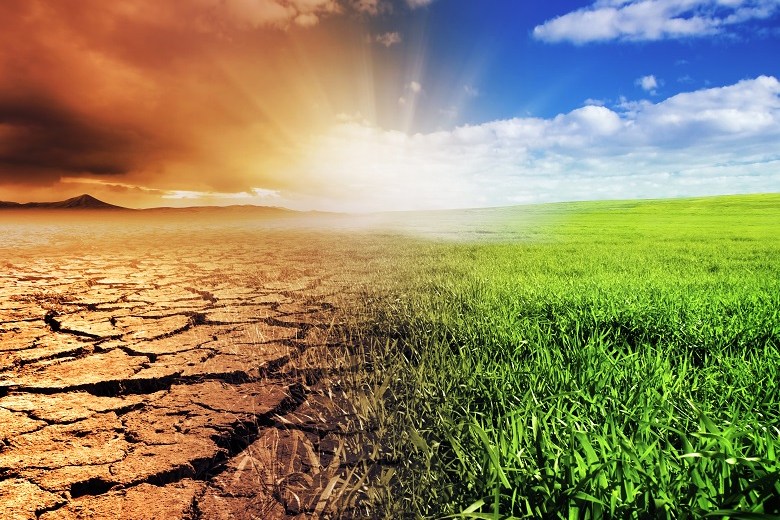
This month marks the third anniversary of the world’s first climate emergency declaration, writes SUSAN RENNIE.
The global movement started right here in the heart of Melbourne’s north when the City of Darebin unanimously voted on 5 December 2016 to recognise that we are in a state of climate emergency. We voted that the climate crisis requires urgent action by all levels of government, including local councils.

In the three years since, more than 1200 jurisdictions in 26 countries have also declared a climate emergency, including the entire countries of Portugal, Canada, the United Kingdom, France, the Republic of Ireland, and Argentina, and global cities like Milan, Amsterdam, Madrid, Auckland and New York.
Closer to home, roughly 26 per cent of people in Australia live in an area that has already declared a climate emergency, including the cities of Adelaide, Melbourne, Sydney, Darwin, Hobart, and the Australian Capital Territory, which all made declarations this year.
Describing the present situation as a climate emergency is not overstating things. The United Nations Intergovernmental Panel on Climate Change (IPCC) has warned that humanity has until 2030 to enact urgent changes to keep global warming to a maximum of 1.5 degrees Celsius.
If we don’t commence this drawdown quickly, we will reach a point of no return which will have devastating effects for the future generations of our planet.
In Australia, our Federal Government continues to drag its feet and refuses to acknowledge the damage climate change is having on our country.
We’ve also seen this week how destructive the Morrison Government can be on the global stage, with Australia contributing to the disappointing stalemate at the at the COP25 talks in Madrid.
As such, it falls to each and every one of us to do what we can to take action. For Darebin Council declaring a climate emergency was just the first step. Words must be followed by meaningful actions.
We are doing this while still delivering on roads, rates and rubbish – the three things that naysayers say local councils should only focus their attention on.
For example, we’re continuing to trial resurfacing our roads with recycled material like truck tyres and steel slag; residents are able to use their rates to pay off solar panels as part of Darebin’s pioneering Solar Saver scheme; and people in Darebin can now also dispose food waste into their green waste bin which will be turned into compost for Victorian farmers, drastically reducing the amount of waste going to landfill and the emissions that creates.
These are but a fraction of the environmental initiatives Darebin has implemented since declaring a climate emergency, but more must done and it can’t be done by local councils alone.
The state and federal governments of Australia hold the levers for change and the power to tackle the climate crisis head on.
Earlier this month my fellow councillors and I called on the state and federal governments of Australia to implement policies to achieve zero emissions by 2030. We’re confident this can be done while ensuring new jobs and industries are fostered.
Renewable energy can and should be made a priority. Our country is blessed with some of the most ideal conditions to become a renewable energy powerhouse, yet the Federal Government still clings to coal and lacks the ambition and vision to see the potential of renewables. Having 100 per cent renewable energy by 2030 is a thoroughly achievable target.
We also believe there needs to be a greater emphasis on using recycled materials, whether that be in roads and footpaths, or remade into new products and packaging. A policy like this would transform the recycling and manufacturing industries in Australia while creating jobs, more buyers for recycled material, and increasing the value of recycled material itself.
There are now alternatives to petrol vehicles, and governments must begin to invest in the infrastructure to support them. We’ve begun transitioning our fleet to electric and hybrid models, as well as installing public electric vehicle charge points, but more must be done to encourage the uptake of these new vehicles on a national scale.
Reforming planning laws and building standards, including the removal of mandated requirements to connect to gas, would also speed up Australia’s transition to zero emissions by 2030 through sustainable design elements, lowering power usage and making bills cheaper for residents.
We believe these are just some of the many ideas that would see Australia rise to meet the challenge brought by the climate emergency. Certainly, they are better than the Federal Government’s current policy vacuum which has seen us ranked among the six worst performing countries, according to the 2020 Climate Change Performance Index.
Like Darebin, local councils across Australia are doing their bit to respond to the climate emergency. Now it’s time for the State and Federal Governments to do the same.
*Susan Rennie is Mayor of City of Darebin Council
Comment below to have your say on this story.
If you have a news story or tip-off, get in touch at editorial@governmentnews.com.au.
Sign up to the Government News newsletter
One thought on “Three years since climate emergency declared, where are we now?”
Leave a comment:
Most read
Scathing report finds little has changed at PwC
Qld council welcomes progress on massive battery system
Inquiry to consider how federal govt can address councils’ sustainability issues
‘Local’ procurement turns out not to be so local, committee hears
Another report finds local government falling down on cyber security
I notice New Zealand is not on the list of countries that have adopted Climate Emergency. Its disappointing that we are dragging our feet, at least Auckland has adopted the climate emergency stance, thank goodness.
We need to clean up our act and live up to our clearly undeserved ‘clean green’ image.